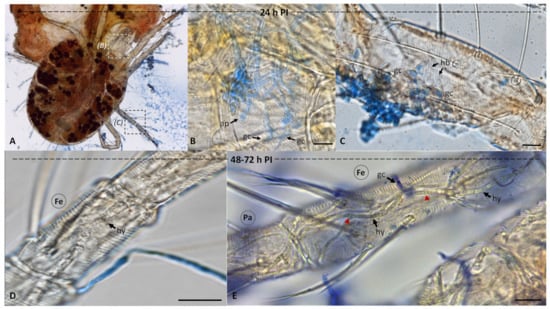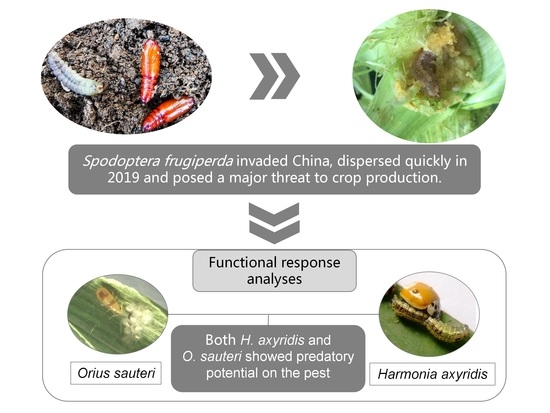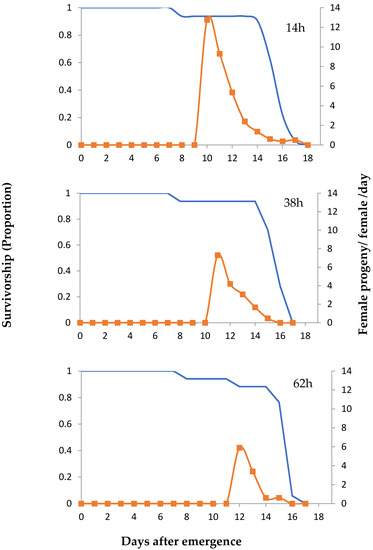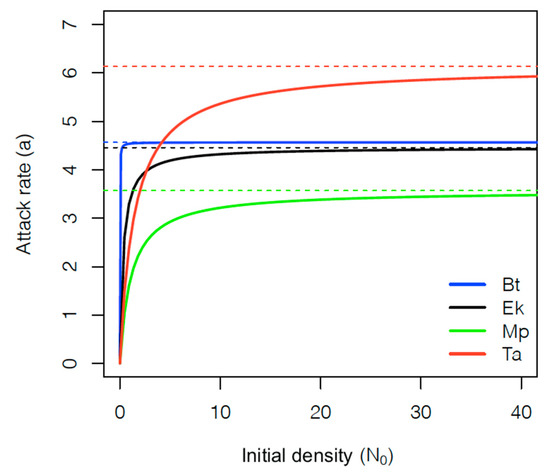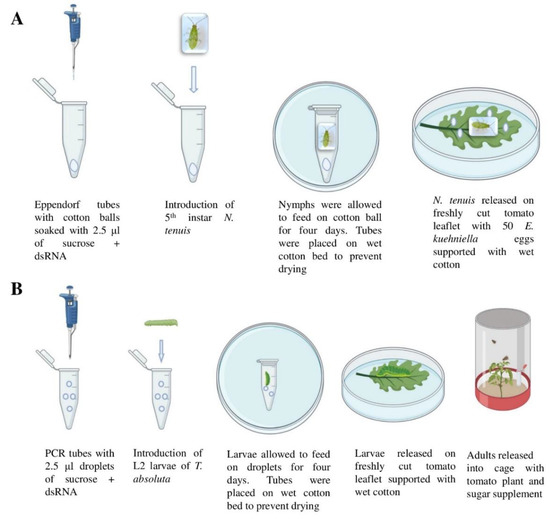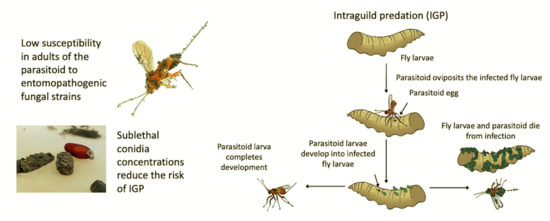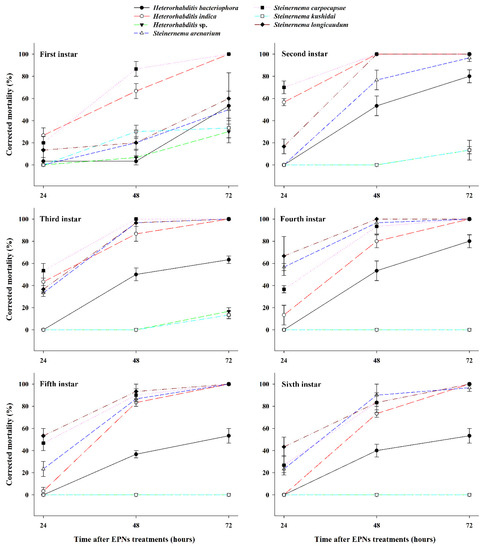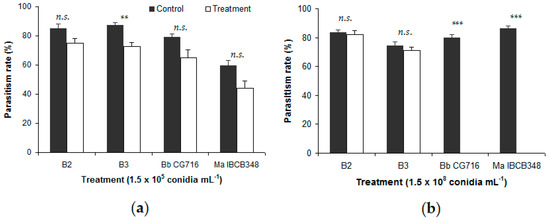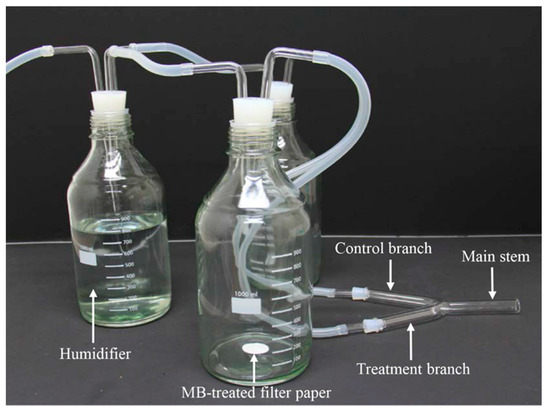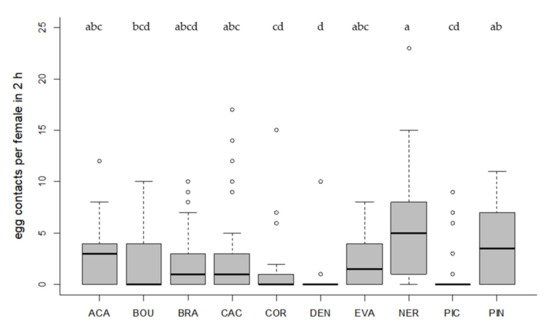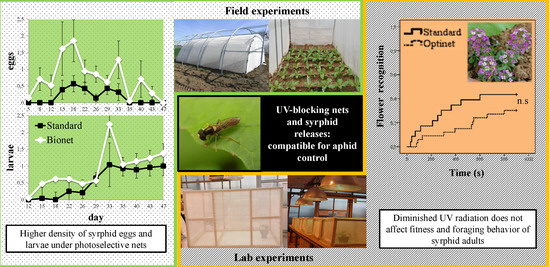Natural Enemies and Biological Control of Plant Pests (Closed)
A topical collection in Insects (ISSN 2075-4450). This collection belongs to the section "Insect Pest and Vector Management".
Editor
Interests: predators; parasitoids; natural products; chemical ecology; terrestrial; aquatic; conservation; sustainable
Special Issues, Collections and Topics in MDPI journals
Topical Collection Information
Dear Colleagues,
Natural enemies have an extensive history of being used in applied biological control of plant pests throughout the world. Natural enemies, including predatory insects and mites, parasitic wasps and flies, and pathogenic bacteria, fungi, and viruses, have been used to manage pests on crop plants with some measure of success. Challenges to wider adoption of biological control using natural enemies as a more sustainable, environmental-friendly form of pest suppression persist, despite the many years that these beneficial organisms have been utilized. The aim of this Topical Collection is to highlight recent research dealing with any subject related to biology of natural enemies or applied biological control using natural enemies. Original research articles, review articles, comments to the editor, and short communications are all welcome.
Dr. Eric W. Riddick
Collection Editor
Manuscript Submission Information
Manuscripts should be submitted online at www.mdpi.com by registering and logging in to this website. Once you are registered, click here to go to the submission form. Manuscripts can be submitted until the deadline. All submissions that pass pre-check are peer-reviewed. Accepted papers will be published continuously in the journal (as soon as accepted) and will be listed together on the collection website. Research articles, review articles as well as short communications are invited. For planned papers, a title and short abstract (about 100 words) can be sent to the Editorial Office for announcement on this website.
Submitted manuscripts should not have been published previously, nor be under consideration for publication elsewhere (except conference proceedings papers). All manuscripts are thoroughly refereed through a single-blind peer-review process. A guide for authors and other relevant information for submission of manuscripts is available on the Instructions for Authors page. Insects is an international peer-reviewed open access monthly journal published by MDPI.
Please visit the Instructions for Authors page before submitting a manuscript. The Article Processing Charge (APC) for publication in this open access journal is 2600 CHF (Swiss Francs). Submitted papers should be well formatted and use good English. Authors may use MDPI's English editing service prior to publication or during author revisions.
Keywords
- predators
- parasitoids
- pathogens
- conservation
- augmentation
- mass production







